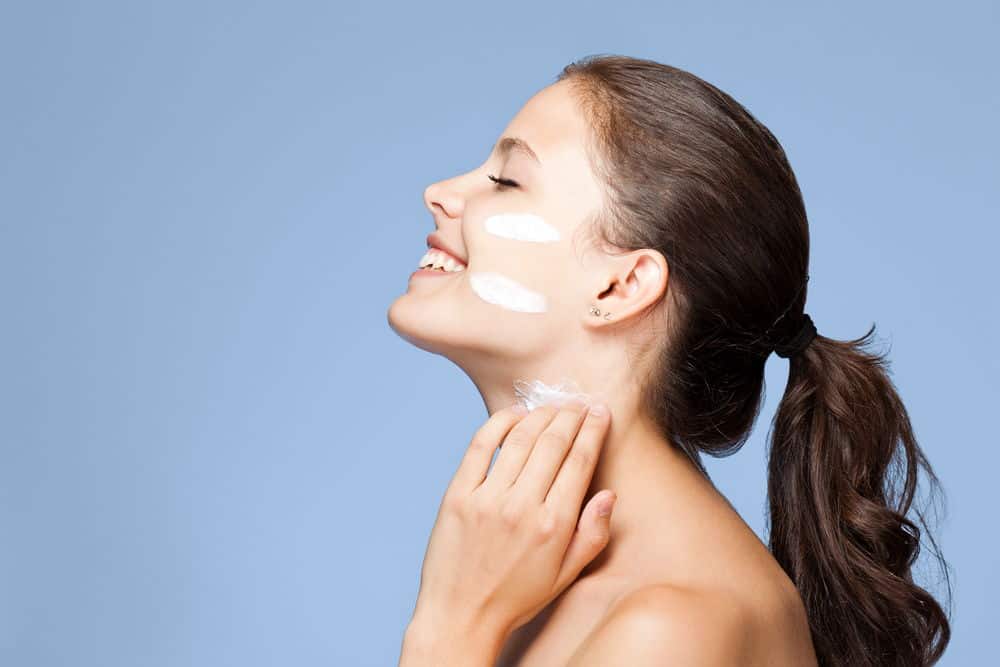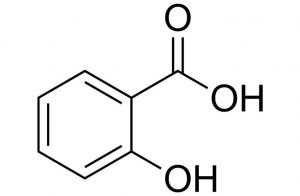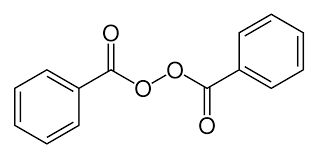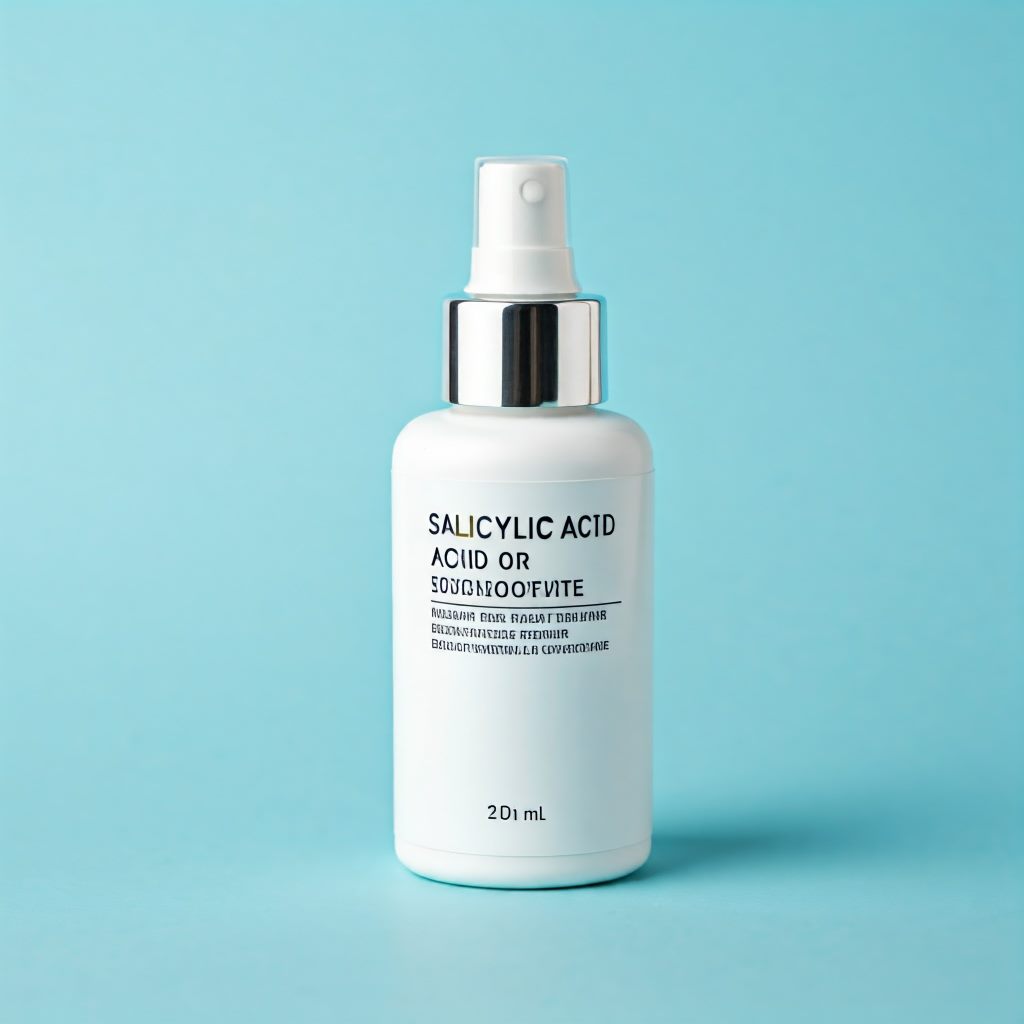
It is amazing how much skin care has grown since the olden days! No longer do we have to suffer those astringents that sting like the fires of Hades and leave your skin so raw and red it’s not really funny anymore.
All for the sake of beauty.
But try wandering down the aisle in any cosmetics store and your head will surely spin from all the products and their fancy colorful packaging. Which one will fit your specific needs? Which one will actually help you with your problems?
Two such products that often come up in beauty talk, especially in the fight against acne, are salicylic acid and benzoyl peroxide. Both are touted for their effects on pimples but which one is actually better?
Salicylic Acid or Benzoyl Peroxide?
What is Salicylic Acid?

Chemically speaking, salicylic acid is an organic acid that is derived from white willow bark and wintergreen leaves. Often labeled as a beta-hydroxy acid in some cosmetics, salicylic acid is not chemically a true beta-hydroxy acid.
Salicylic acid is a member of a family of medications called salicylates. Another popular member of this family is aspirin, which is used as an antipyretic as well as an anti-inflammatory medication.
Salicylic acid is used in many skincare products due to its keratolytic functions, making it an essential part of treatment for certain skin conditions wherein the epidermis produces excess skin, as in seborrheic dermatitis and warts.
In recent times, it has also gained popularity in its use against acne.
How Does It Work?
Keratolysis
In hyperkeratotic skin conditions such as psoriasis, warts, and seborrheic dermatitis, the skin’s outermost layer, the epidermis, produces an abnormal excess of skin.
The keratolytic function of salicylic acid allows it to solubilize or dissolve the intracellular cement, a kind of glue that holds the cells of the excess skin together. This will lessen corneocyte adhesion and make the stratum corneum, one of the toughest parts of the skin, softer.
Acne
The effects of salicylic acid on acne are continuous and as such, it must also be used continuously or its effects will cease as well.
Its keratolytic function enables it to help with the abnormal shedding of cells.
With acne, it particularly is helpful in unclogging the pores, preventing the formation of comedones and breakouts.
Is It Dangerous?
All medications can be dangerous when used excessively or if you do not follow instructions for their use. In the case of salicylic acid, the following side effects must be considered in its use.
Salicylism
As a member of the salicylates, salicylic acid can cause toxicity when ingested. The earliest symptoms of salicylism include:
- Pallor and breaking out in cold sweat (diaphoresis)
- Nausea and vomiting
- Tinnitus (high-pitched, ringing sound in the ears)
It is important to detect salicylism early to prevent organ failure and death.
Increased Sun Sensitivity
The Food and Drug Administration requires all cosmetics containing alpha-hydroxy and beta-hydroxy acids to include a sunburn alert in the product labels as these substances can cause increased sun sensitivity.
Salicylic acid may not be chemically a true beta-hydroxy acid but it is wise to take precautions all the same. Make sunscreen a part of your daily skincare routine, especially when you are using products with salicylic acid. Use a sunscreen that filters out UVA and UVB rays and one with at least SPF 30.
What Is Benzoyl Peroxide?

Benzoyl peroxide is an industrial chemical that is used to treat mild to moderate acne. It was first made in 1905 but was only used medically in the 1930s.
Aside from its effect on acne, benzoyl peroxide is used as a bleaching agent and is included in products for bleaching hair, whitening toothpaste, as well as in the preparation of bleached flour. Because of this property, it is advisable to use an old T-shirt to bed when using benzoyl peroxide on your face as it could affect the color of your clothes.
How Does It Work?
Benzoyl peroxide has garnered a lot of fans for its effects on minimizing acne. It has been used in treating mild acne and is available in many formulations, including some that incorporate antibiotics such as clindamycin to help combat the bacteria that can cause acne breakouts.
Unclogs Pores
One of the benefits of using benzoyl peroxide is that it is believed to unclog pores. Clogged pores are notorious for causing the formation of comedones, also known as blackheads and whiteheads. Left on their own, comedones will eventually become pimples and result in acne breakouts.
Antibacterial Action
Propionibacterium acnes is the leading bacteria implicated in acne breakouts and has sadly developed resistance to antibacterial treatments over the years.
One of the best reasons for using benzoyl peroxide is its antibacterial effect on Propionibacterium acnes. The great thing about it is that the bacteria has not even developed a modicum of resistance against benzoyl peroxide.
What Are The Side Effects Of Benzoyl Peroxide?
Using benzoyl peroxide might be iffy at first. Some people could develop a reaction to the product even at milder concentrations. Remember that it has bleaching properties, which might cause the following reactions especially if you are new to it:
- Redness
- Peeling
- Dry skin
- Slight stinging sensation
These are considered normal for those who are just starting to use benzoyl peroxide. However, if these complaints persist for more than just a few days, or the stinging becomes unbearable, it is advisable to see your doctor or dermatologist for other solutions to your acne problem.
Another thing to look out for is the development of a rash. Allergic reactions to benzoyl peroxide are rare but they are not impossible and there have been reported cases. If you develop the following symptoms, you should seek medical attention immediately:
- Shortness of breath
- Tightness of the throat
- Wheezing
- Fainting or collapse

Which One Is Better? Salicylic Acid or Benzoyl Peroxide?
So, which one is better? Salicylic acid or benzoyl peroxide?
The answer to that question is both!
Alone, salicylic acid can only go so far with exfoliating dead skin cells and reduce the inflammation that results in that pulsatile lump of pain known as a pimple. It does not have that killing action against the dreaded Propionibacterium acne that makes benzoyl peroxide great at what it does.
On the other hand, benzoyl peroxide may also possess some exfoliative properties in addition to its action against pimple-causing bacteria but it can cause quite a bit of stinging, especially in those with more sensitive skin.
Together, salicylic acid can dissolve that layer of dead skin cells so that benzoyl peroxide can penetrate into that tough barricade and deliver maximum damage to bacteria while they work to unclog the pores at the same time.
Conclusion
As far as salicylic acid or benzoyl peroxide are concerned, no one product is better than the other. They both have their own strengths and weaknesses but together, they can deliver quite the punch to your breakout woes.
Of course, you have to use the both of them continuously as their effect only lasts for as long as you are using these products. If you stop, then those pimple-causing factors will wreak havoc on your skin with a vengeance.
Although these products are available over the counter and are also quite affordable to boot, if you develop nasty rashes or are experiencing symptoms that are not merely skin-related, it is wise to seek medical attention.
Did you enjoy this article? Did it answer your questions on salicylic acid or benzoyl peroxide and their effects on acne? Let us know in the comments below and don’t forget to share this article with your family and friends!

Hi Everyone, BeYoungAholic’s aim is to help women who have lost their self-confidence because of the way they look. We will provide you tips and bits of advice on how to take care of yourself and maintain your youthful look. So, Enjoy the blog!
